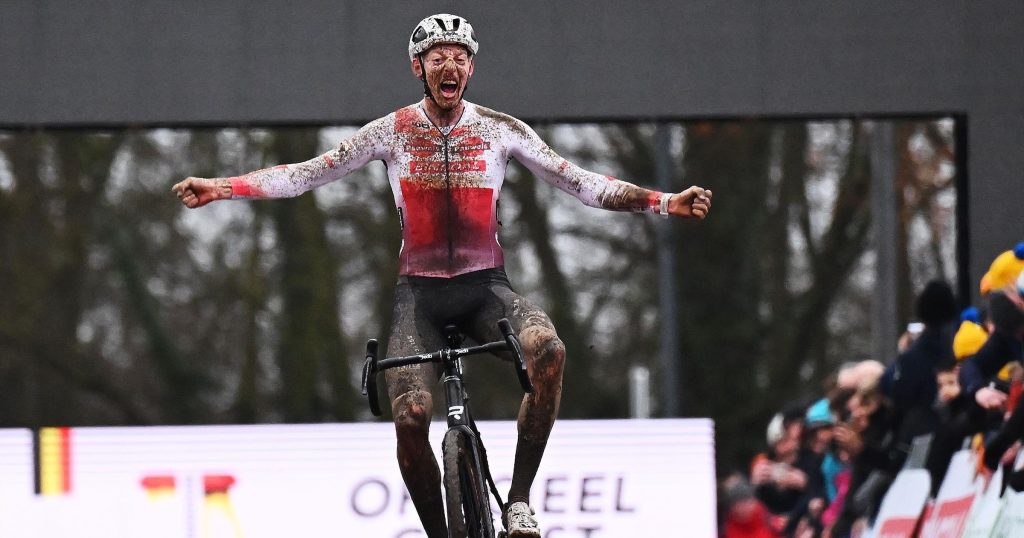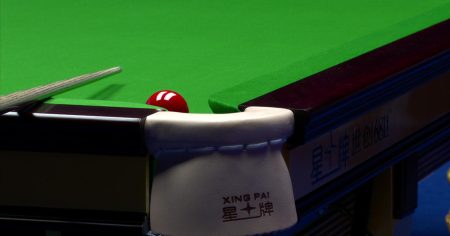The cyclo-cross world witnessed a dramatic turn of events at the UCI World Cup race in Namur, Belgium, as Michael Vanthourenhout of Pauwels Sauzen-Bingoal seized victory after a heartbreaking crash by race leader Toon Aerts of Team Deschacht-Hens-FSP. Aerts, who had dominated the race for a significant portion, appeared poised for a triumphant finish, navigating the notoriously challenging Namur course with apparent ease. The demanding circuit, known for its steep climbs, treacherous descents, and unforgiving off-camber sections, had already claimed several victims, but Aerts seemed impervious to its pitfalls, building a seemingly insurmountable lead over his pursuers. The Belgian crowd was anticipating a home victory, their cheers echoing through the citadel walls as Aerts approached the final stages of the race. However, fate intervened in the cruelest of ways, as a momentary lapse in concentration or a touch of wheel slip sent Aerts tumbling to the ground, shattering his hopes of victory and handing Vanthourenhout an unexpected opportunity.
Vanthourenhout, who had been riding a steady race and maintaining a consistent pace in Aerts’s wake, suddenly found himself in a position to claim the top step of the podium. The Belgian rider, no stranger to the pressures of top-level cyclo-cross, responded with composure and determination, quickly grasping the magnitude of the situation. He pushed onward, his focus unwavering, navigating the remaining obstacles with renewed vigor. The hushed silence that had fallen over the crowd after Aerts’s crash was gradually replaced by a growing sense of anticipation as Vanthourenhout closed in on the finish line. His performance, while overshadowed by the drama of Aerts’s misfortune, was a testament to his own strength and resilience, highlighting his ability to capitalize on unforeseen circumstances. Vanthourenhout crossed the line, a mix of emotions etched on his face – elation at his victory tinged with concern for his fallen compatriot.
The victory at Namur marked a significant achievement for Vanthourenhout, solidifying his position among the elite riders in the cyclo-cross world. While the circumstances of his win were undoubtedly unusual, his performance throughout the race demonstrated his capabilities and his readiness to compete at the highest level. His ability to maintain a consistent pace and avoid the pitfalls that had ensnared other riders, including the pre-race favorites, showcased his technical proficiency and tactical acumen. The win also served as a vindication for the Pauwels Sauzen-Bingoal team, highlighting their strength and depth in a sport often dominated by individual brilliance. Vanthourenhout’s triumph provided a much-needed boost for the team, bolstering their morale and reinforcing their position as a force to be reckoned with in the cyclo-cross circuit.
For Aerts, the crash was a devastating blow, snatching victory from his grasp in the most agonizing of circumstances. He had ridden a masterful race, controlling the pace and dictating the terms of engagement. His aggressive riding style and confident handling of the bike had seemed to neutralize the challenges presented by the Namur course. He had built a comfortable lead, seemingly impervious to the pressure from his rivals, and appeared destined to claim a well-deserved victory. The crash, occurring so close to the finish line, served as a stark reminder of the unpredictable nature of cyclo-cross, where a single moment of misfortune can undo hours of hard work and preparation. The disappointment was palpable, etched on the faces of the Belgian fans who had come to witness their hero’s triumph.
The incident highlighted the inherent risks involved in cyclo-cross racing, a sport that demands not only physical prowess but also mental resilience and the ability to adapt to rapidly changing circumstances. The challenging terrain, coupled with the intense competition, creates an environment where fortunes can change in an instant. A slight lapse in concentration, a minor miscalculation, or a momentary loss of traction can have significant consequences, turning a potential victory into a crushing defeat. The sport’s demanding nature tests the limits of both rider and machine, pushing them to the brink of their capabilities. The Namur course, with its steep climbs, treacherous descents, and demanding off-camber sections, exemplified these challenges, serving as a proving ground for the world’s best cyclo-cross racers.
In the aftermath of the race, the focus shifted from the victory to the condition of Aerts. The cycling community rallied around the fallen rider, expressing their concern and offering messages of support. The incident served as a reminder of the camaraderie and sportsmanship that exists within the cyclo-cross world, where competitors often share a deep respect for each other despite the fierce competition on the course. While the disappointment of his lost victory undoubtedly lingered, the outpouring of support from fellow riders and fans alike served as a testament to Aerts’s standing within the sport. The incident also underscored the importance of safety in cyclo-cross, prompting renewed discussions about course design, rider safety protocols, and the measures needed to mitigate the risks inherent in this demanding and exhilarating sport.














